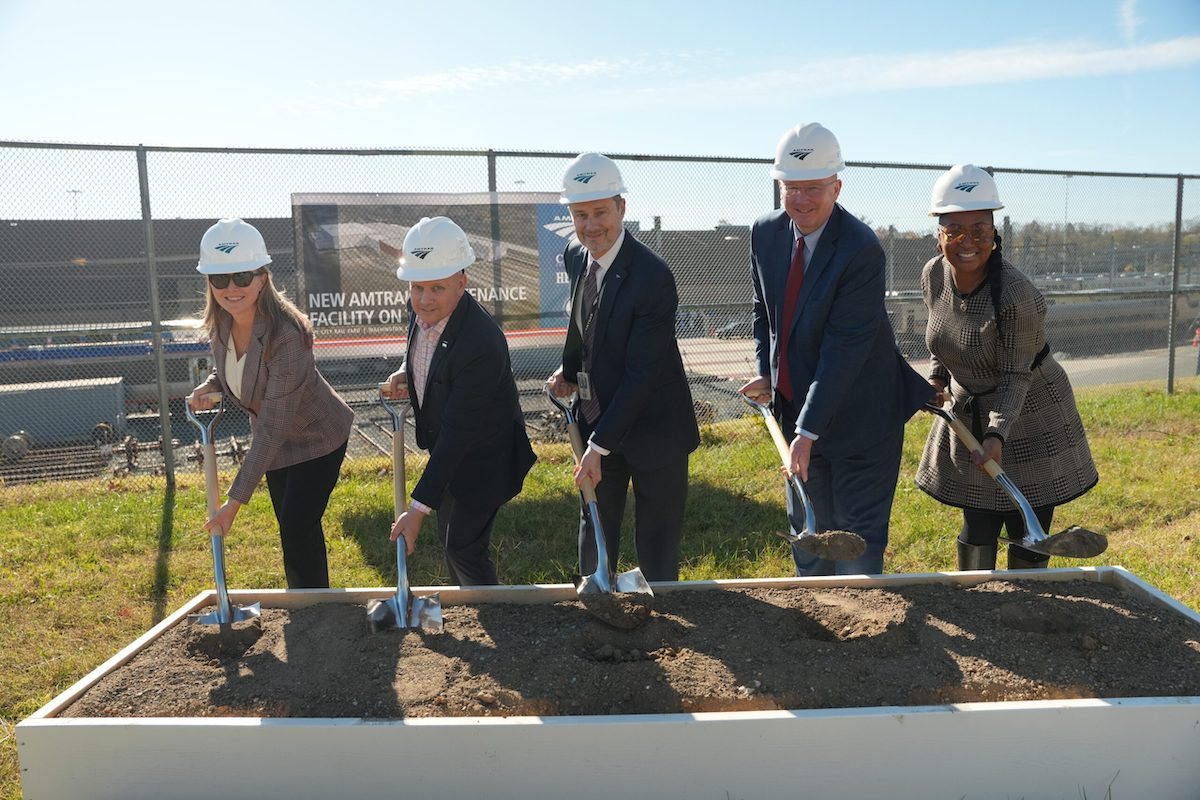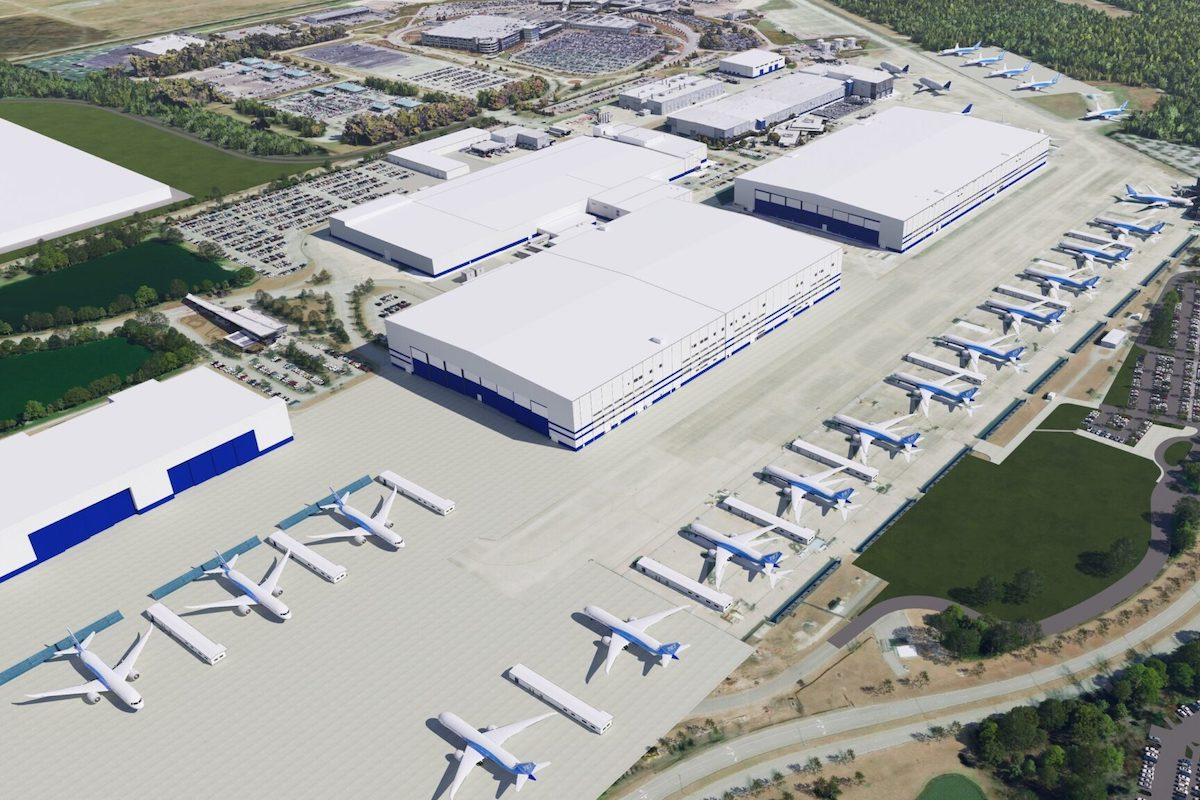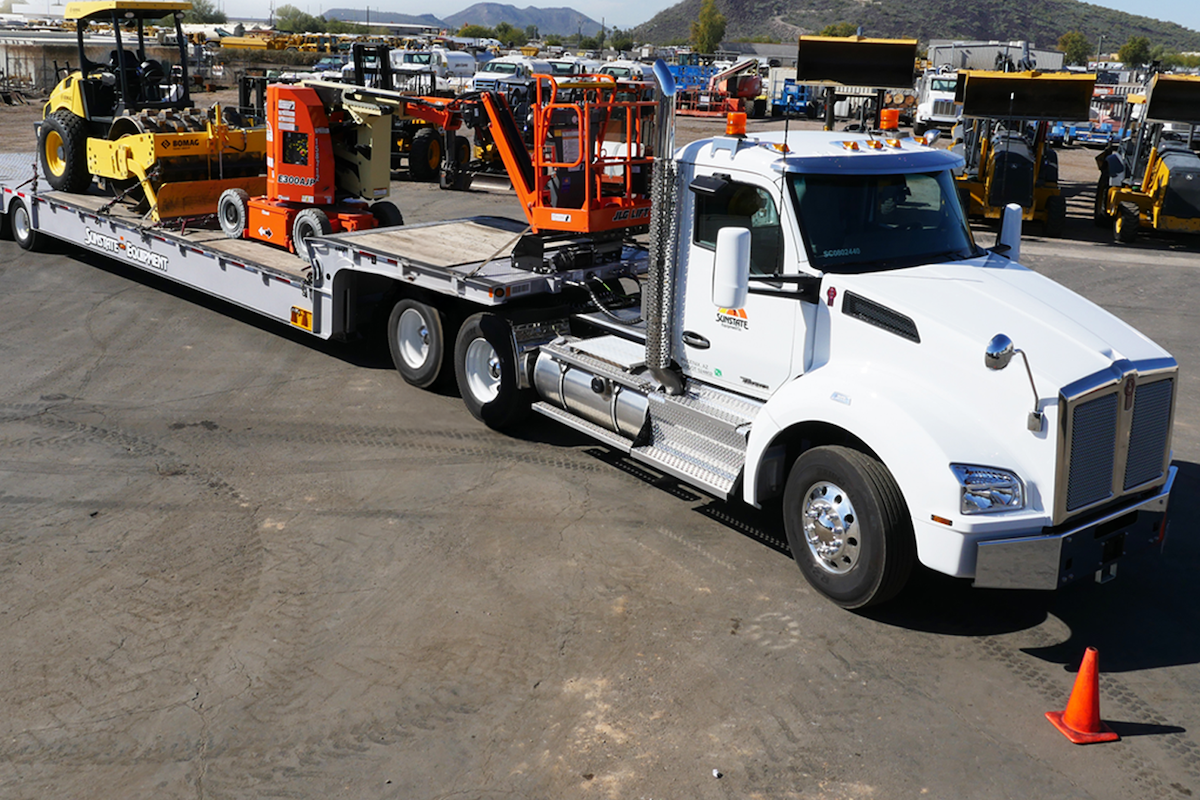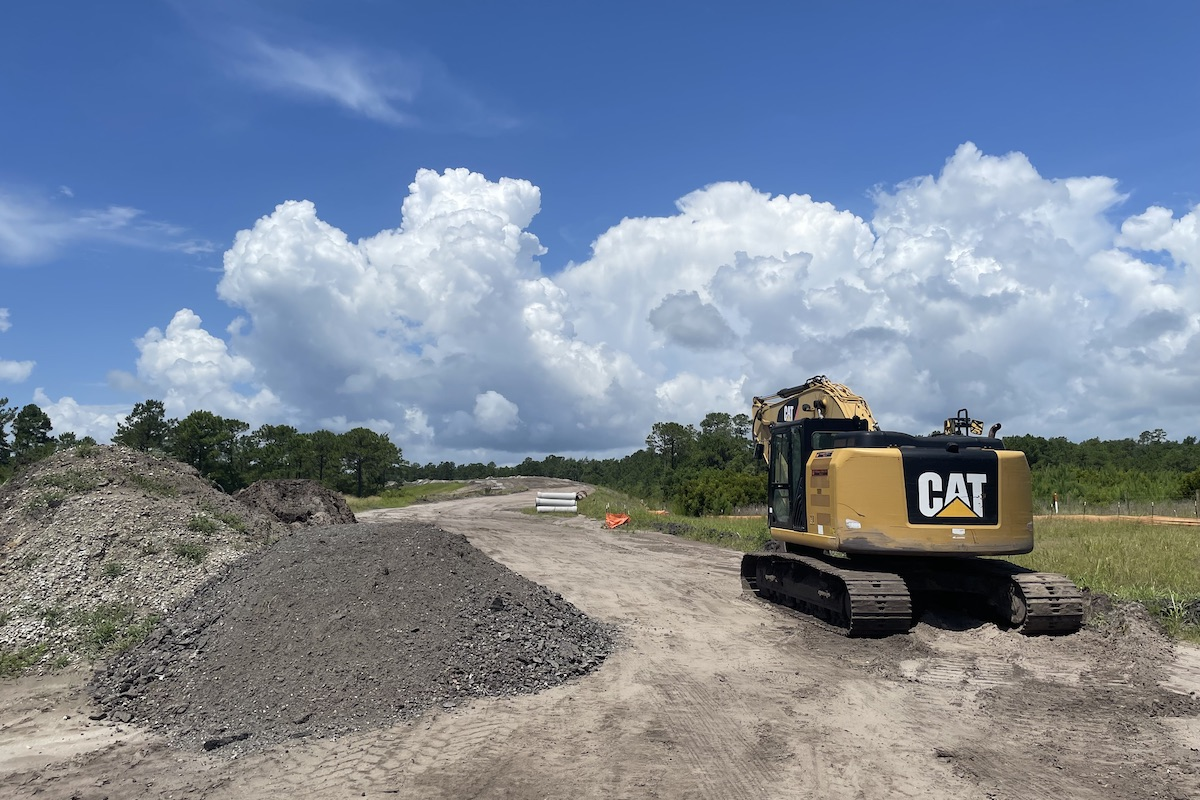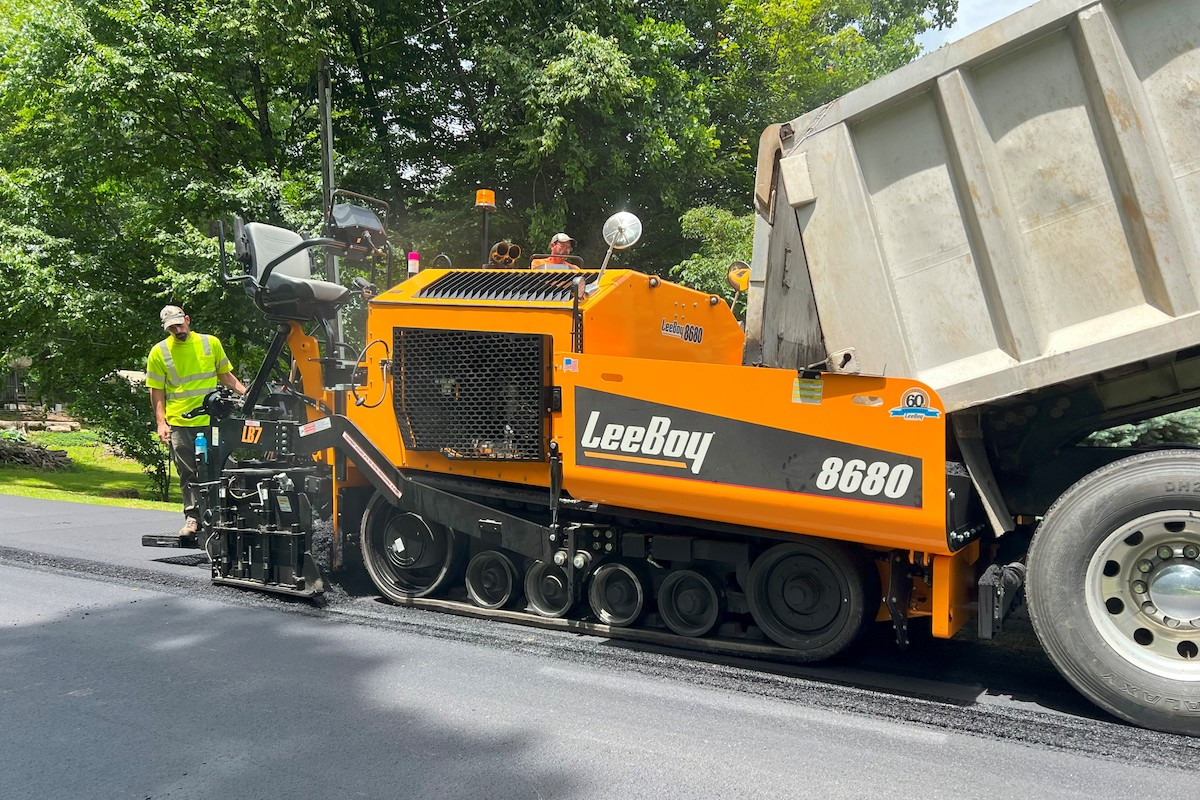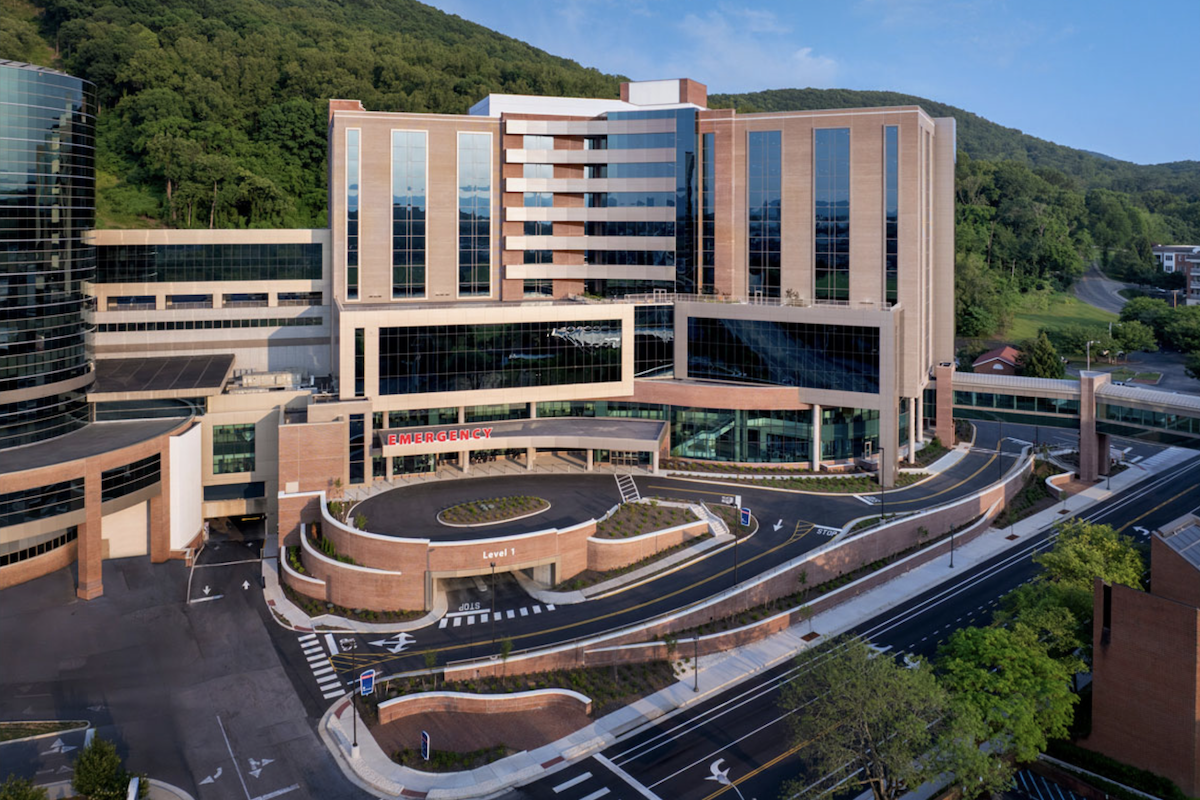“This project was selected based on its remaining years of service life for the existing pavement, as well as the pavement conditions, which required extensive repairs,” says Cole Shafer, Muskegon Transportation Service Center Assistant Construction Engineer with the Michigan Department of Transportation (MDOT).
The heavily traveled route had cracks and potholes. I-196 serves as an important highway for commercial traffic, commuters, and tourism travelers. About 52,075 vehicles drive on this section of the interstate daily, with 14 percent of that traffic being commercial. The work will improve the ride.
“Investing in our roads and bridges benefits everyone and I’m very proud of our team and the work we’re doing,” said MDOT Grand Region Engineer Erick Kind. “Rebuilding 7 miles of eastbound and 7 miles of westbound I-196 will better connect Grand Rapids to Zeeland, Holland, and miles and miles of Lake Michigan shoreline.”
Bergmann and Associates of Grand Rapids, Michigan, designed the project. Benesch of Grand Rapids, Michigan, is providing some consulting services.

| Your local Wirtgen America dealer |
|---|
| Dobbs Equipment (SC) |
Most of the funding comes from the Rebuilding Michigan program, which focuses on updating highways and bridges deemed critical to the state’s economy and highly traveled. The five-year program runs from 2020 to 2024 and will complete 45 projects.
“Our roads are dangerous, and the longer we wait, the more expensive it will be to fix them,” said Governor Gretchen Whitmer in her 2020 State of the State address. “That’s why I’m taking action now to fix the damn roads and keep Michiganders safe.”
The State Transportation Commission authorized the department to sell $3.5 billion in bonds to fund the projects. The program aims to increase the longer useful lives of and improve the condition of its transportation infrastructure. It supports more than 45,000 workers statewide.
The two contractors have separate crews on site, with McQuestion performing the earthwork and pipe installations and J&N the concrete removal, underdrain installation and finish grading. Subcontractors Toebe Construction of Wixom, Michigan, performed the concrete paving and Hardman Construction of Ludington, Michigan, the bridge work.
Crews began work in March 2022, constructing a wider than normal median shoulder to accommodate three lanes of traffic, says Thomas D. Peplinski, Vice President of D.J. McQuestion & Sons.
“This extra widening for the westbound lane added more earthwork on the project and this widening will be left in place at the end of the job,” Peplinski adds. “The existing aggregate and unsuitable sand also had to be removed and replaced, which generates a lot of unusable excavated material.”
Then the focus shifted to tearing up the old road. McQuestion, traditionally, recycles concrete pavement.
“This job has continually reinforced concrete to remove, which makes it a little more difficult and time consuming,” Peplinski says. “This means the pavement has rows of large steel rebar very close to each other for the entire length of the roadway.”
Crews had to rubblize the existing pavement or shatter it enough to debond the existing rebar from the concrete pavement, Peplinski explains. They had to take out all of the steel rebar in a separate operation before removing the concrete. The broken concrete was then brought to McQuestion’s yard onsite, run through a crusher, and recycled into the type of aggregate needed for the project and placed back down prior to paving.
Last year, the team completed the westbound side of I-196, with both directions sharing the eastbound lanes, separated by a concrete barrier wall. This year, all traffic will be shifted to the new westbound lanes as crews rebuild the eastbound side of the interstate.
“There’s a lot of dirt and earthwork, and we want to do everything in our power to minimize our environmental impact,” Shafer says. “Mitigation efforts include early restoration of ditches, silt fence check dams, and minimizing our disturbance whenever possible.”
Shafer considers replacing the drainage the most interesting and challenging aspect of the project. “It’s unique due to its existing depth, which is approximately 20 to 30 feet deep,” Shafer says.
The work includes trucking in new sand from off-site for a layer underneath the open-graded drainage layer and separator fabric. The road is then paved with concrete. Crews are replacing all of the existing culverts, plus some downspouts and drainage structures, Peplinski says. Two large box culverts required steel cofferdams for installation.
The construction team is using stringless paving with automated machine grading. “All the bulldozers, graders and survey staff are working from one survey file to build the project without traditional grade stakes,” Shafer explains.
Maintaining the flow of traffic on the interstate is a priority for the department. In the winter of 2022 to 2023, the interstate was opened to traffic in both directions. This year, there are eastbound lane closures on I-196.
“Two lanes of westbound I-196 have been kept open and will be maintained throughout the project with one lane of eastbound I-196 open,” Shafer says. “Ramp closures will resume at the Byron Road interchange.”
Shafer praised the teamwork on the project, exclaiming, “without it, the project wouldn’t be built.” The team includes the contractors, subcontractors, consultant Benesch, and the local municipalities.
“Being able to communicate and understand what needs to be done is crucial to any major construction project, and it requires significant amounts of time to clearly convey what the designers had in mind when developing the project plans,” Shafer adds.
The project remains on schedule to complete the work in November 2023.
“Our team does quality work that will benefit the public for years to come,” Shafer concludes. “These projects are big endeavors that require a lot of time, planning, teamwork and execution. To see it all come together to provide better and safer travel for the public is what we all work towards.”
Photos courtesy of Michigan Department of Transportation























